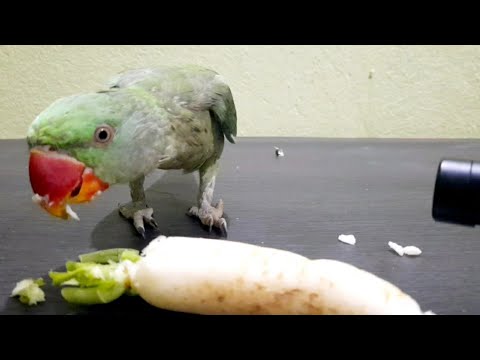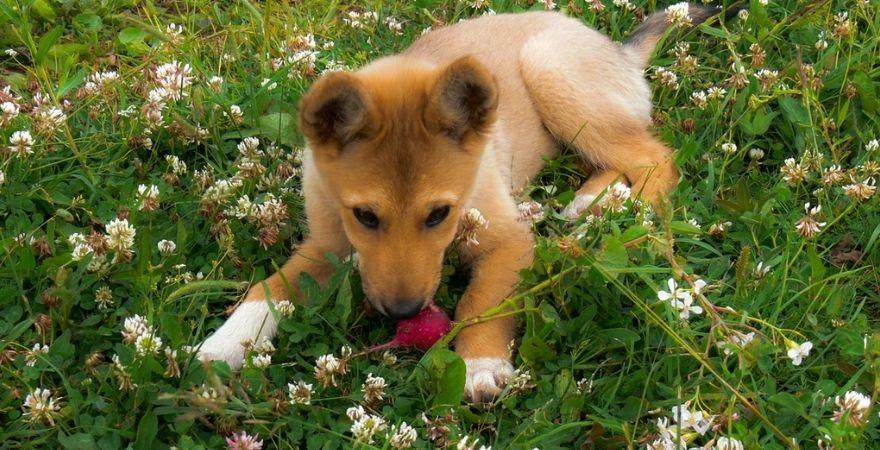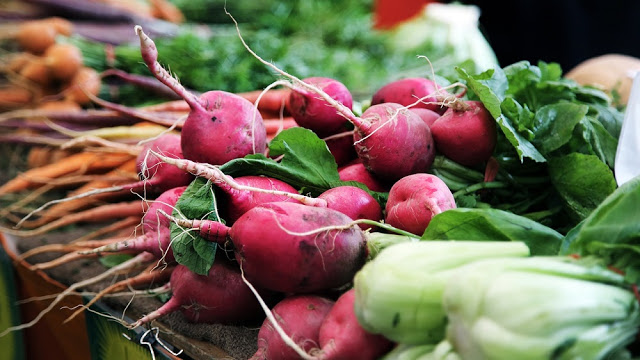Although Radishes are not the most important vegetables and many people do not eat them or don’t even know what they taste like. But they are one of the healthiest vegetables but are not given the attention they deserve. These are root vegetables and are filled with many nutrients. Radishes are good for our health and have various great properties. And if you like having fresh fruits or vegetables in your diet, you should include radishes in the list. Additionally, if you are a dog owner, you want to enjoy your meal time with your feathered friend, and they enjoy it too because they are social by nature. Now your concern is whether dogs can eat radishes or not, or if they like to eat them, are they toxic for them?
Sharing your meals with your birds can be great for both, your and your birds’ mental health. Since there are many food items that we consume and they are toxic for dogs, you must be sure of what you are sharing with them. dogs do enjoy many fruits and vegetables and they should be a part of their everyday diet to some extent. Even though their diet should mainly consist of seeds, it is also recommended to give 15% to 30% of fruits and vegetables because they are a good source of vitamins, minerals, and carbohydrates.
Radishes in terms of that are no exception; dogs not only enjoy eating radishes but it is one of those vegetables which are great for your dog. The root skin color of a radish ranges from white through pink, purple, red, yellow, and green to even black, but the flesh is typically only white. Radishes are filled with nutrients that are great for both humans and birds.
Can dogs eat radishes?
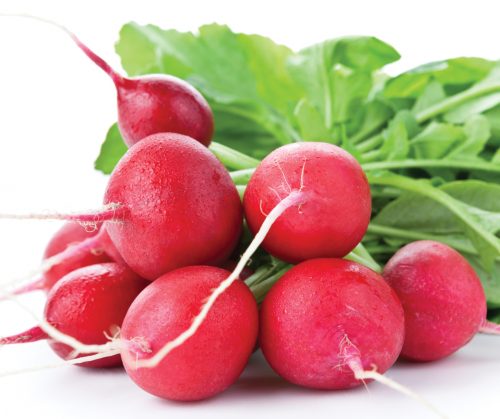
dogs can eat radish. Considering that vegetables should be a part of a dog’s daily diet, you have to give them a variety of vegetables to make sure that they enjoy what they eat and boost their energy. But while doing so, you should also remember that NOT EVERY vegetable or fruit is healthy and good for them. Radishes, carrots, spinach, broccoli, chard, endive, turnip, and peppers are some of the vegetables that a dog likes to eat. Radishes are filled with the nutrients that a dog needs to live a healthy lifestyle.
Can dogs eat radish leaves?
Now that you know that radishes are good for your dog, you should include radish in your dogs’ diet. But, while doing it, do not throw the green (leaves) part of the radish away. That leafy green part of radish is also great for humans and people do consume it in different ways. There are many recipes out there that allow you to use radish greens in your diet. In case you do not want to eat it yourself, do not throw them away; your dog would probably love it. Many dogs even prefer eating radish greens over radish, well this explains it all. dogs find radish greens to be tastier than they look. Even though the radishes are delicious and full of nutrients themselves, you are missing out on the healthier part if you ignore or throw away the green part. Do not hesitate to give the radish greens to your dogs, they would love it.
Can dogs eat Radish sprouts?
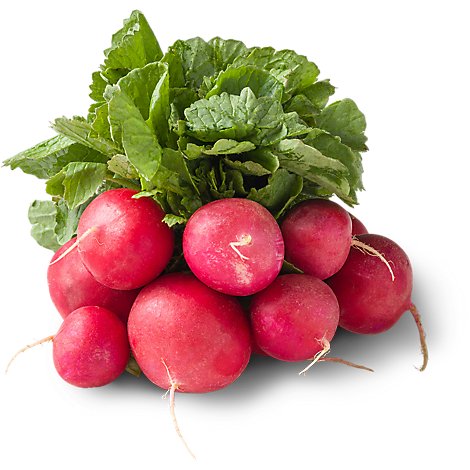
Sprouts have amazing health benefits for both people and dogs. They are even considered nutritional powerhouses and play an important role in your dogs’ overall health. Sprouts are a rich source of Vitamin A, B, C, E, minerals, and antioxidants. Sprouts provide super-charged nourishment to your dog which they do not get from seeds and most pellets. They contain many trace minerals, vitamins, and enzymes that are necessary for digestive health and tissue repair. But not all sprouts are good for a dog.
But radish sprouts are definitely amongst those sprouts that are good for your dog. Not only are the radishes themselves and radish greens are dogs’ favorite but they also love eating radish sprouts and if you have any available do share it with them and watch them enjoy it. However, if you do not produce and store sprouts in the right way, it can result in food poisoning in dogs. So, make sure that you are doing it the right way.
Are all Vegetable Greens good for dogs?
Vegetable greens are great for dogs and many people assume that all vegetable greens are dogs’ favorite and provide much-needed nutrients to them. Some vegetable greens are known to be toxic and harmful for dogs. Stems of tomatoes are known to be bad for dogs including Lima, fruit pits, fava, and navy beans, cores and seeds should also be avoided. Green onions as well as all other onions and garlic are also bad and can cause liver dysfunction and blood cell problems. Although parsley is also known to be toxic for birds it still is a controversial vegetable in terms of toxicity. Many pet owners and professionals also claim that it is ok to feed your dog parsley once in a while, but feeding them excessive amounts of it can lead to some serious problems.
Nutritional values in Radishes
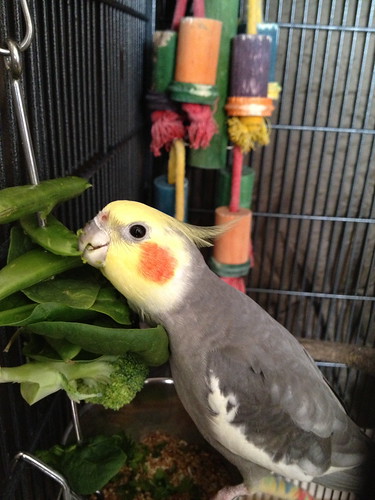
Radishes are filled with several nutrients and are great for both dogs and humans. They are a good source of vitamin C. Vitamin C is an antioxidant that helps to battle free radicals in your body and also prevents cell damage that is caused by aging, environmental toxins, and an unhealthy lifestyle. Vitamin C also plays a vital role in collagen production, which not only supports healthy skin but also blood vessels.
Radish also contains small amounts of the following nutrients:
- Protein.
- Potassium.
- Folate.
- Carbohydrates.
- Riboflavin.
- Niacin.
- Vitamin B-6.
- Vitamin K.
- Calcium.
- Magnesium.
- Zinc.
- Phosphorous.
- Copper.
- Dietary Fiber.
- sodium.
How to feed radishes to dogs?

Considering that radishes are good for your dog and they love eating them. Here are a few simple ways in which you can feed your dogs these delicious nutrients filled vegetables.
- The best and the easiest way is to give raw radish to your dog.
- You can also quarter steam those radishes and serve them to your feathery friend, while you are preparing something for yourself.
- Baking the radishes is another option you might have heard of before.
NOTE: You can give your dogs the radish peels without any problem, they will love it and would not have any problem eating it.
List of Vegetables that should be a part of dogs’ diet
dogs love and enjoy a little variation just like us. If they start loving and enjoying radishes that do not mean that you should feed them radishes for the rest of their lives. There are many other vegetables that dogs love eating. Following are some of the major vegetables that are great for dogs.
- Peppers (Hot pepper, Chili pepper, Chili Padi, Bell pepper).
- Lady’s finger.
- Bok Choy.
- Artichoke.
- Kale.
- Cauliflower.
- Broccoli.
- Bamboo.
- Watercress.
- Cucumber.
- Lettuce (Arugula (rocket), Butter, Green Leaf, Red Leaf, Romaine).
- Green beans.
- Brussels sprouts.
- Cabbage (white and red, Chinese cabbage (Chinese leaf), Little cabbage).
- Beetroot.
- Peas.
- Carrot.
- Radish (White and Red).
- Yam.
- Turnip.
Things to keep in mind while feeding vegetables to dogs

While feeding them fruits or vegetables, do not forget that their main course of diet should consist of seeds. And when feeding them vegetables, keep a few things in mind to ensure your dog’s health.
- Always choose organic vegetables, if possible.
- This is common sense that you should wash the vegetables thoroughly before serving them to your birds.
- Although you can try different ways like steaming or baking, it is always recommended to serve raw vegetables because cooking removes nutrients.
Some Additional Treats that dogs Love eating
dogs’ life or diet does not have to be boring, as we mentioned above, they also love variation. Especially, sometimes allowing your dog to enjoy a meal with you, that is not harmful or toxic for it, can be a wonderful experience. It can not only add joy to your meal but also boosts your dogs’ feel-good factor. Birds’ diet mostly lacks the needed vitamins and minerals which can be bad for your birds’ overall health and activeness. Some additional treats for them do not always have to be expensive or even time-consuming. They do enjoy and eat a lot of things that are liked by humans.
Sometimes, with their little tricks and cuteness, they can make you fall in love with them all over again. That is when they deserve a little treat which does not have to be bad for their health but can benefit them. We mentioned some of them ahead, have a look at them, and treat your friend.
- Fruits.
- Beans.
- Sprouts.
- Vegetables.
- Pasta.
- Bread.
- Popcorn.
- Cereal or Grains.
- Nuts and,
- Peppers.
Conclusion
All in all, dogs are lovely, social, and happy birds. They are easy to feed and take care of and also make a good friend. They do enjoy eating many things other than seeds, that is why while feeding them anything new one wonders whether this is toxic for my friend or not. Radishes are one of those vegetables that are great for dogs and all parts of radish are good for dogs.
